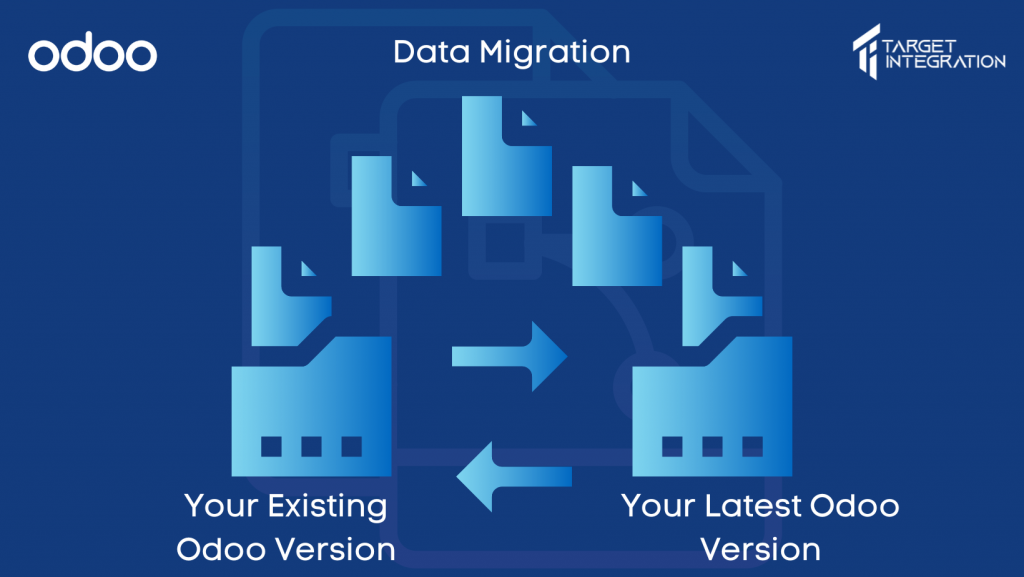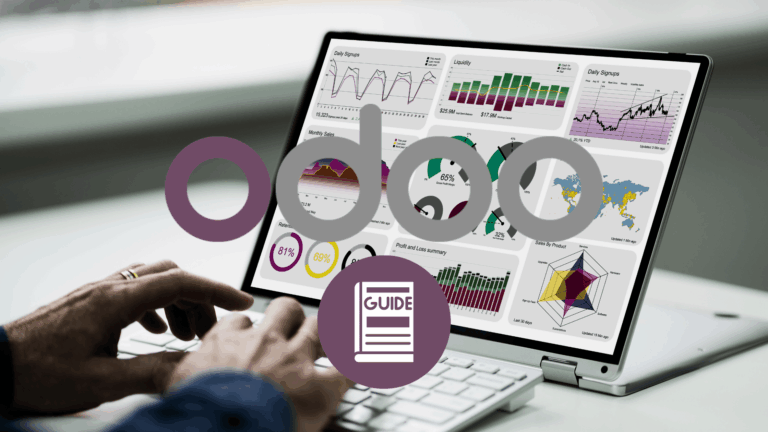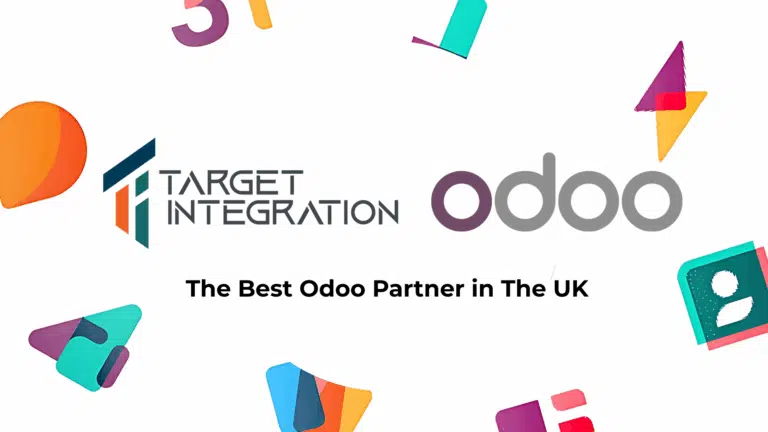Odoo implementation aids large and small businesses in the smooth functioning and running of any type of operation. Also defined as a business management solution for small and medium-sized businesses, its progress and development to the final solution have allowed international and large-scale businesses to function.

What sets Odoo apart?
Odoo is the greatest and most effective company management platform available, allowing businesses to run dependable and full operations. Odoo is now the best and most effective business management product on the market. It is the ideal instrument because of its superior capacity to handle any type of business operations management and construct any type of business management. Here are some of the main features of the Odoo platform that make it the ideal tool for business administration.
- All-in-one solution for all aspects of business management.
- The modular infrastructure incorporates distinct modules of operation for firm management.
- Inventory management module with centralized control
- From the same platform, manage retail, wholesale, and e-commerce sales.
- The effective storage and movement of data from one element of the company to another will be aided by a single central database.
- Due to excellent operations and comprehensive business management characteristics, we can interrelate each of the specialized operations modules.
- The capacity to customize to any degree while maintaining operational control based on the demands of the company and its owners.
- Cloud-based operations provide remote business monitoring and staff functionality.
- Employee shaft operation may be regulated by a dedicated Planning and Project Implementation module.
- With the specialized accounting module, you can manage your finances completely and effectively.
- The entire Inventory management module on the Odoo platform handles product movement, product storage, and warehouse operations.
- The options for hosting are Cloud-solutions, onshore solutions, and SaaS tools.
- Cost-effective and dependable, with the firm paying for services they actually require.
- A devoted community of Odoo partners, developers, consultants, and other Odoo platform support personnel.
These are a few of the notable characteristics of the Odoo platform, which make it one of the greatest tools for business administration.
Let’s move on to the next part, where we’ll talk about how to handle migration risks in Odoo.
Odoo is a business management solution that receives upgrades and newer versions every year. Odoo 15 is the most powerful version of Odoo ever for successful business administration. With each new update, the company will need to upgrade from an older version to the most recent version. Furthermore, the Odoo community will only support the previous three versions of Odoo, thus the company must upgrade to the most recent version. This may be accomplished with the assistance of a professional Odoo partner that is capable of managing and implementing the Odoo platform into your business processes.
Target Integration, a major Odoo partner, will help you migrate to the newest versions of the Odoo platform. You will have access to all of the major tools and capabilities that were available in the previous version of Odoo after a successful migration e.g., landed cost, e-invoicing, tax report in multiple currencies etc.
The migration of the Odoo platform has two stages. The migration of the application then the migration of the data.
Migration of App
The supporting add-ons that were implemented in the previous version of the Odoo platform should be available to the business in the current version as well. As a result, the application should be built and implemented for the Odoo platform version to which it is being migrated.
Migration of Data
The database stores the data accessible on the Odoo platform from the business’s activities. The Tables & Manner in the data shown may have changed in the case of a newer version or upgrades to the platform. As a result, the existing data in the business should be configured and specified in a way that is compatible with the latest Odoo platform version. This is a consequence of migration.
These are the two most important aspects of the Odoo migration that any service provider will take care of. Let’s move on to the following part, where we’ll describe the components of risk reduction during the Odoo migration procedure.
Minimize the risk of migration in Odoo
The migration portion of Odoo development is a riskier aspect of the project; if done incorrectly, the business’s operations under the newer Odoo platform would face various challenges. As a result, finding the correct Odoo service provider who can handle any degree of migration is possible and recommended. Here are some of the aspects to consider while lowering risks during Odoo platform migrations to a newer version.
- Make a backup copy of the data in case anything goes wrong during the migration. This way, you’ll have backup data in case something goes wrong.
- To prevent importing data, test the Migrated platform and particular sample data.
- There should be a clear plan in place for the migration activities.
- Prioritize and value the asset as well as transfer the data to the latest version.
- Consider the platform’s downtime, if any, and how it will affect the business’s operations.
- Check for the availability and portrayal of the defined data on the migrated platform by running a diagnostic.
These are some of the factors to consider before migrating to Odoo. So, if you feel the need, Target Integration is always available to assist you throughout the migration procedure to ensure you a smooth and hassle-free functioning. Contact us for more.



